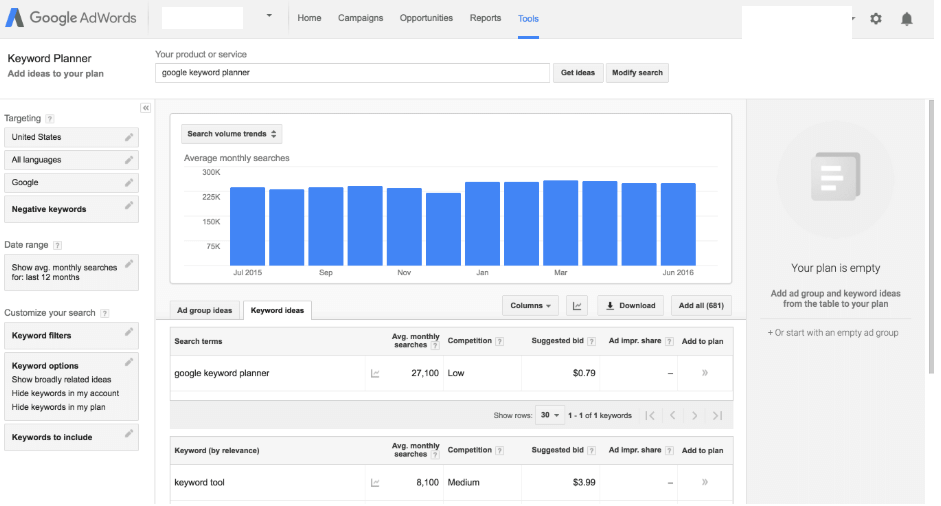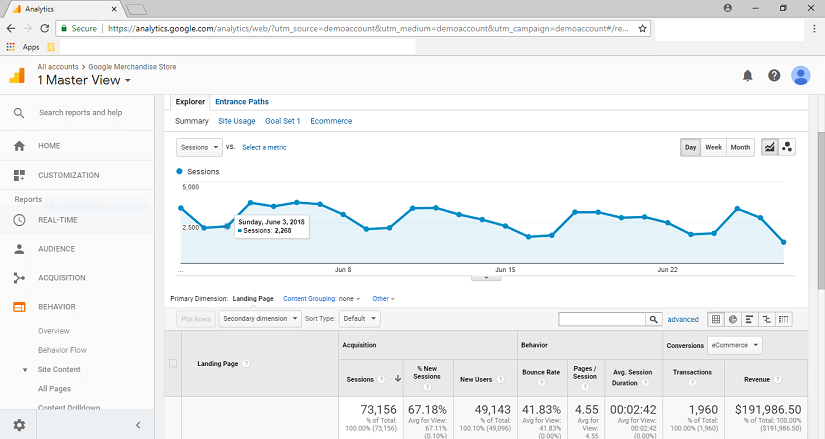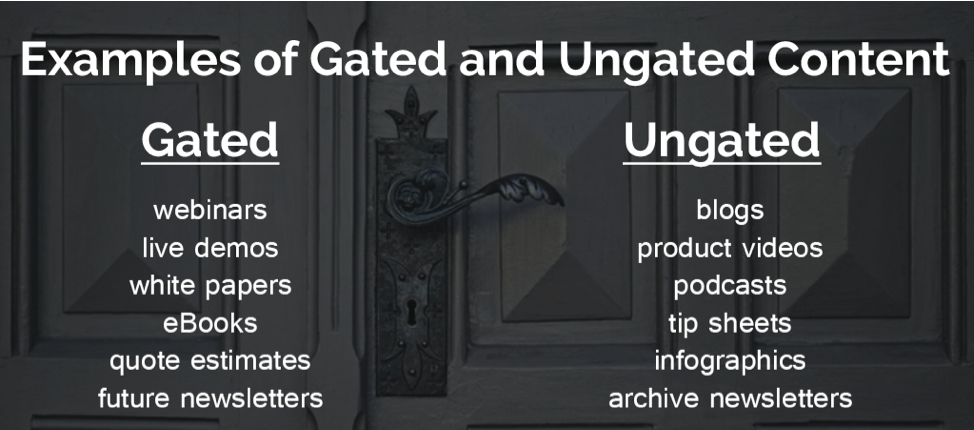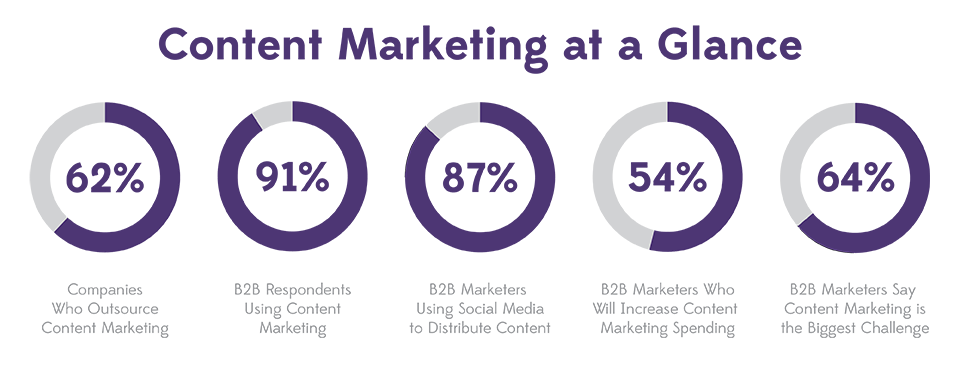If you had to decide between hiring a digital marketing agency that knows the recruiting industry, or a digital marketing agency that does not specialize but happens to be local, who would you choose?
Let me ask you this: does your recruiting firm specialize? By market? By niche? Probably. If you’ve led a recruiting firm for much time at all, you know that your chances for winning a search are much improved if you specialize in your client’s specific need. Why?
You know the types of candidates they need. Also, you know the trends in their market or industry niche. You are a thought leader in their space — an expert. You have more insight into what their company needs and can deliver better candidates than someone who is a generic recruiter (I’m betting).
I once had someone tell me years ago that “a recruiter is a recruiter is a recruiter” – implying that a recruiter who has developed a good skill set can recruit for any position. While this may be true technically, it’s not the most important consideration when it comes to being selected by the company searching for talent. In that company’s mind, if they’re hiring a CFO and they have the option to choose between a generalist recruiter or a finance & accounting executive search recruiter in their market with 20 years of experience, whom do you think they’re going to select? Right. The expert.
Webinar On-demand: Watch this webinar to learn how you can implement content marketing into your strategy ➢
Why Is It Important to Hire a Digital Marketing Agency Who Knows the Recruiting Industry?
I’ve talked to hundreds of recruiting firm leaders across the country, and I’m losing track of how many tell me they hired a digital marketing agency in the past that didn’t know the difference between candidates vs. clients. The marketing agency they hired drove website traffic and even leads, but there was a disconnect between why a recruiting agency might want to attract clients, not candidates (or vice versa if you are in a candidate-driven market like IT Consulting). They thought it was all the same. Traffic. And we both know that could not be further from the truth. Those are very different audiences.
At Parqa, we were created within a $17M executive search and consulting firm. Our whole team has experience managing marketing campaigns for recruiting companies. I’ve personally had the opportunity to manage marketing in-house at recruiting firms for the past 7 of my 10 years, specializing in marketing/branding/PR/communications. Our CEO Tony Sorensen is a 20-year recruiting industry leader who has successfully grown two recruiting companies from the ground up, $20M and $17M (and growing). From creating respected recruiting firms from ground zero to rebranding already existing recruiting firms and starting over, we’ve seen it all. Also, we’re a little nerdy about it.
Why? Well, we’ve struggled through the challenges of setting up a PPC campaign on Google, only to have candidate leads fill out our contact forms rather than client leads. That was years ago. We’ve now determined best practices to ensure the highest level of accuracy with attracting qualified leads. As a little history, Tony was dabbling with SEO and PPC back in 2007, which is ancient for digital marketing, and even more unheard of for a recruiting firm.
Related Post: 5 Content Marketing Mistakes – That Give Competitors the Edge ➢
Industry-Specific Best Practices Matter
The recruiting industry as a whole is not at the forefront of marketing innovation, but most recruiting firms realize that it’s a changing world, and if you’re not building your credibility online, you’re missing opportunities. Moreover, if you happen to be the top 5% of the market that’s doing more than merely the marketing basics, you’re a diamond in the rough—and I’d love the opportunity to see your online presence and meet whoever is owning that because that’s no small feat!
Whether you’re right at the beginning of growing your brand through content marketing, or you’re in conversations about marketing automation, having a team in your back pocket that knows the recruiting industry as well as you do, will propel you into the next phase of your company. In fact, it will streamline the process and keep you on the cutting edge of the recruiting industry.
How does that help you? Credibility. Without it, you may not get a callback. Without it, you may not be found at all. With it, you open up the door of possibilities of attracting more relevant clients (or candidates based on your business goals). Now that is worth your time to explore!
Is Your Website Your Best Salesperson?
Sign up for a Free 15 Minute Digital Marketing Consultation









 If you don’t specialize in that area, it’s not likely your website has content around those keywords, so it’s not likely you are going to rank for that search at all. No chance of being found. (PS, we all know the importance of focusing on a niche industry and/or market is a whole different conversation.)
If you don’t specialize in that area, it’s not likely your website has content around those keywords, so it’s not likely you are going to rank for that search at all. No chance of being found. (PS, we all know the importance of focusing on a niche industry and/or market is a whole different conversation.)
 Make It Easy for Google to Find Your Blog
Make It Easy for Google to Find Your Blog




 You’re a smart, experienced individual who understands the value of marketing; you’ve put in the time to blog, post on social, send emails, and help your team become thought leaders, yet your digital marketing efforts aren’t moving the dial. So why aren’t you getting the results you had been promised by digital marketing? The reality is that without a solid strategy in place, digital marketing becomes mere trial and error. You can’t reap the benefits of digital marketing by aimlessly churning out content without a solid strategy. To benefit from content and get results, you have to do it right; otherwise it can work against you and give your competitors the edge.
You’re a smart, experienced individual who understands the value of marketing; you’ve put in the time to blog, post on social, send emails, and help your team become thought leaders, yet your digital marketing efforts aren’t moving the dial. So why aren’t you getting the results you had been promised by digital marketing? The reality is that without a solid strategy in place, digital marketing becomes mere trial and error. You can’t reap the benefits of digital marketing by aimlessly churning out content without a solid strategy. To benefit from content and get results, you have to do it right; otherwise it can work against you and give your competitors the edge.




